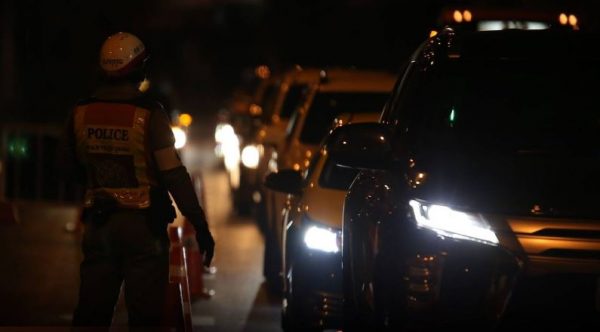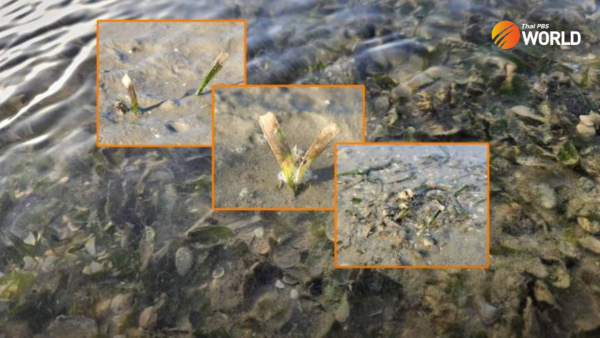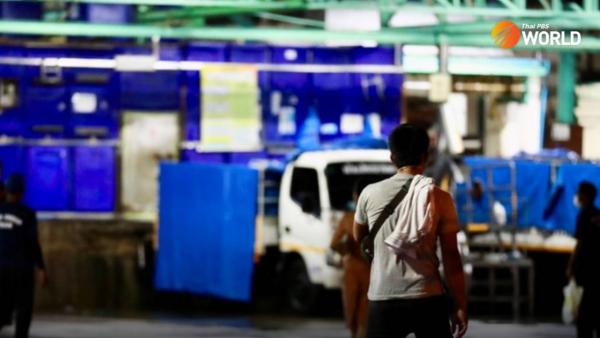Three high-speed train projects shelved due to lack investor interest

The government has decided to shelve three high-speed projects due to lack of investor interest in co-investment.
Well-informed sources in the Transport Ministry said that none of the three projects, namely the Bangkok-Phitsanuloke-Chiang Mai northern route, the Bangkok-Surat Thani southern route and the second phase of the eastern route between Rayong and Trat, were included in the infrastructure master plan recently submitted to the economic cabinet meeting by the Transport Ministry.
Although a feasibility study of the Bangkok-Phitsanuloke-Chiang Mai high-speed train project has been completed, the sources said that the government has made it clear that it would not invest in the project unless Japan agrees to co-invest and provide technology transfer to Thailand.
For the Bangkok-Surat Thani high-speed project, the government doubts that the project is economically viable, due to high investment costs and the short 600km route, which may not attract investors from the private sector, said the sources, noting that a dual-track south-bound route is currently under construction and is due to be operational in the next 3-4 years.
Negotiations with Japan to co-invest in the northern route project have not been successful. The Japanese side says that it has never invested in a high-speed train project outside Japan and is, therefore, reluctant to invest in the project in Thailand.
However, Mr. Chayatham Promsorn, deputy director of the Office of Transport and Traffic Policy and Planning, said that the Thai government has set its sights on developing the Thai-Chinese high-speed train project between Bangkok and Nong Khai in the Northeast, which will connect with the Chinese3-Lao high-speed train system under the Belt and Road Initiative.
As the high-speed train system in Laos is nearing completion, he said that Thailand must speed up its construction of the Bangkok-Nong Khai project.
Construction of the first phase of the project, between Bangkok and Nakhon Ratchasima, is due to be completed in the next two years while design of the second phase, from Nakhon Ratchasima to Nong Khai, is underway.
Mr. Chaiyatham noted that development of the towns along the route must be undertaken in tandem with the construction of the rail track to ensure maximum benefit from the project.






